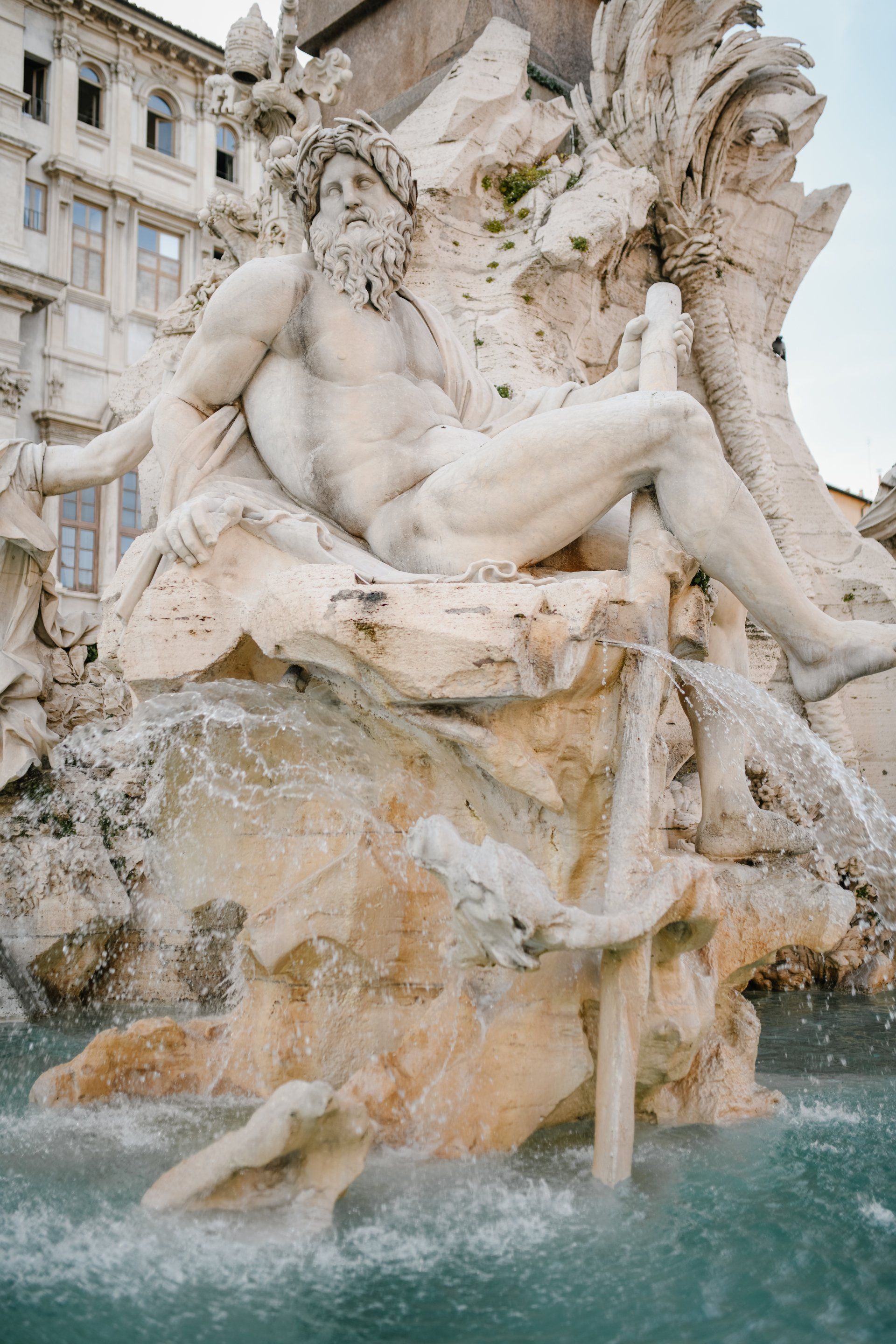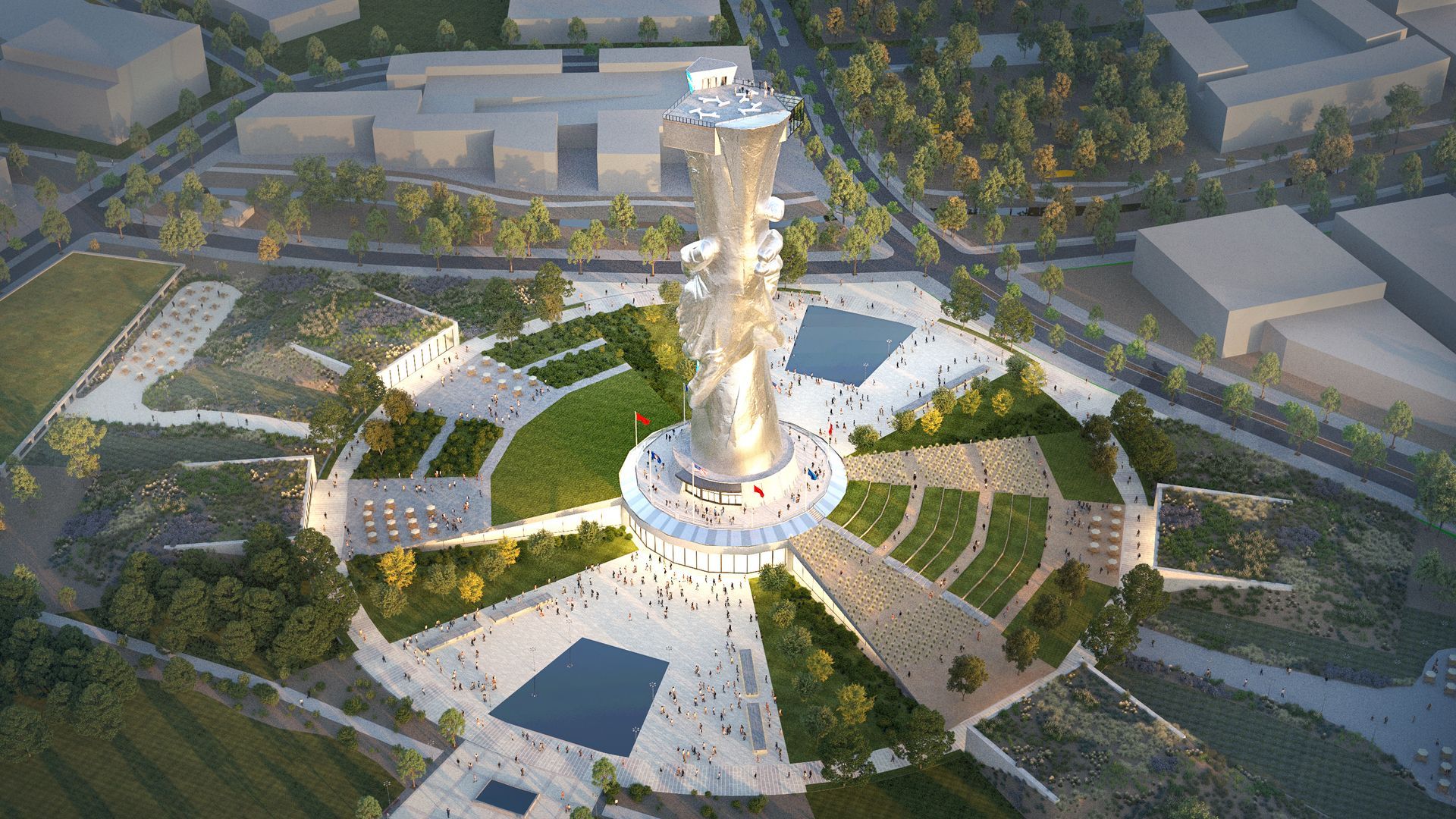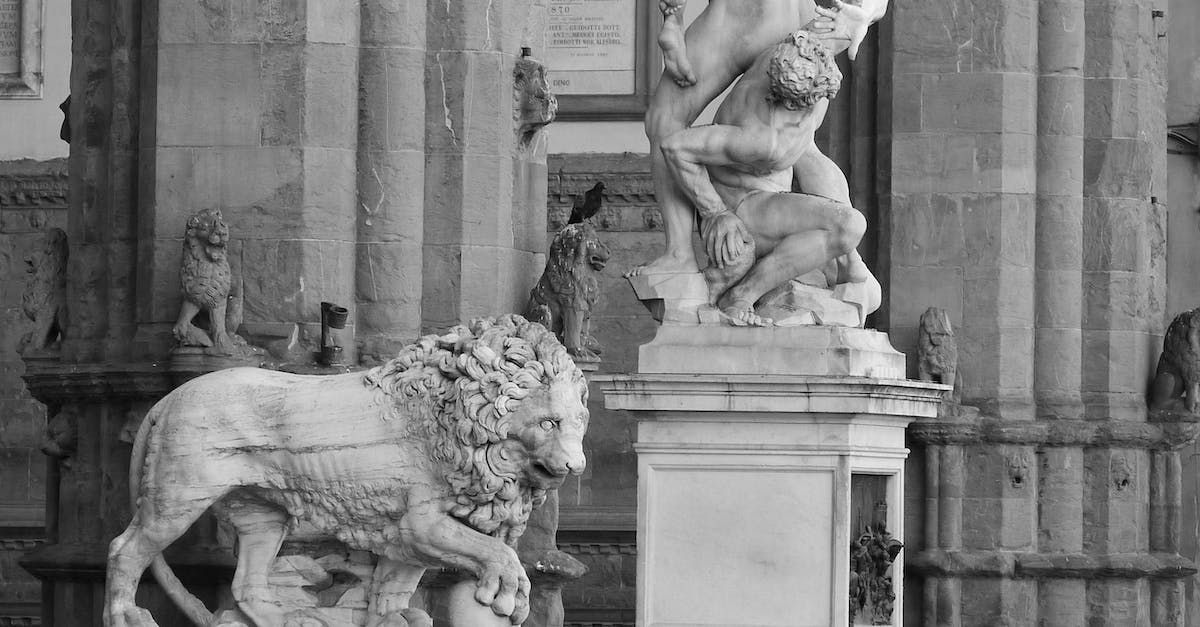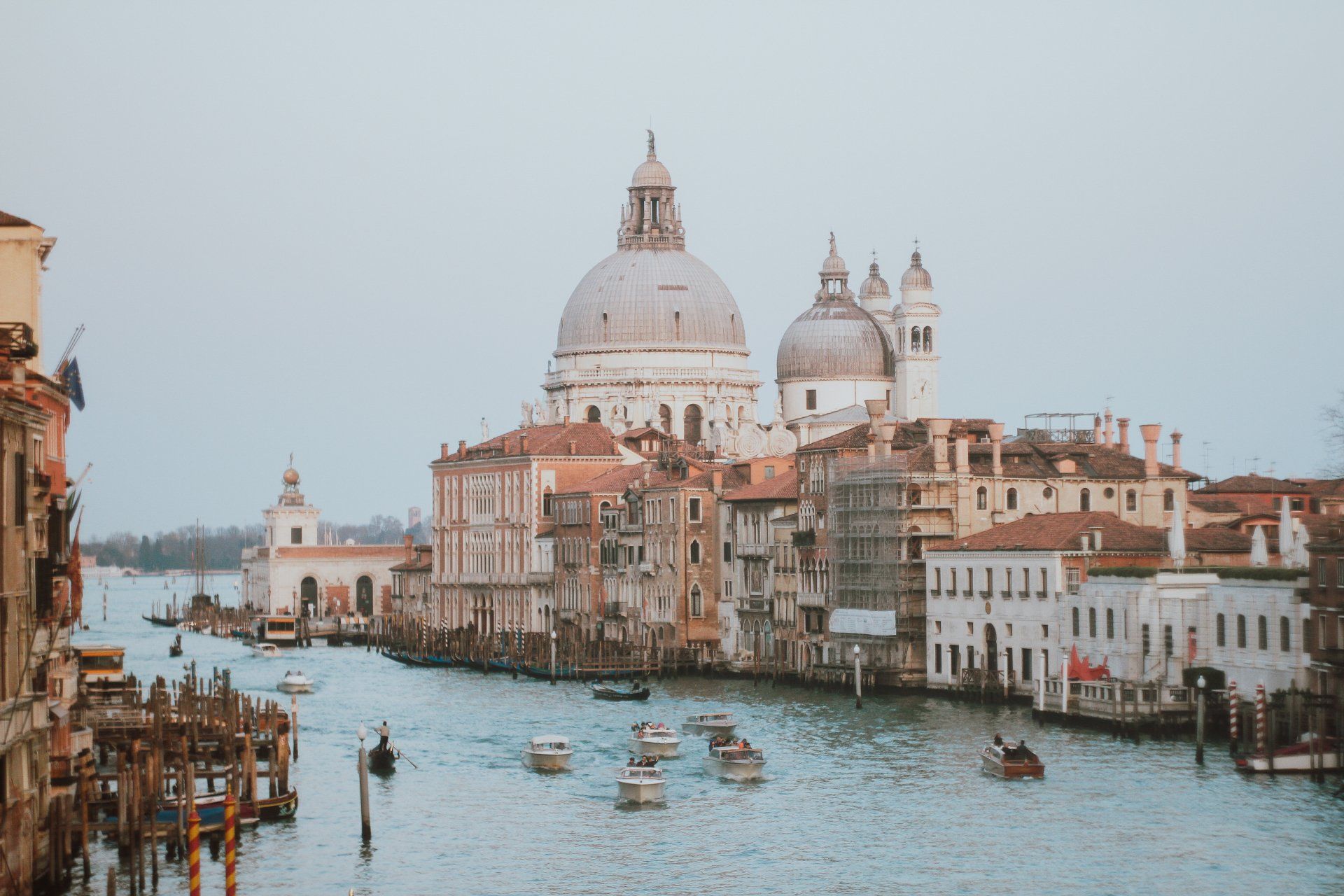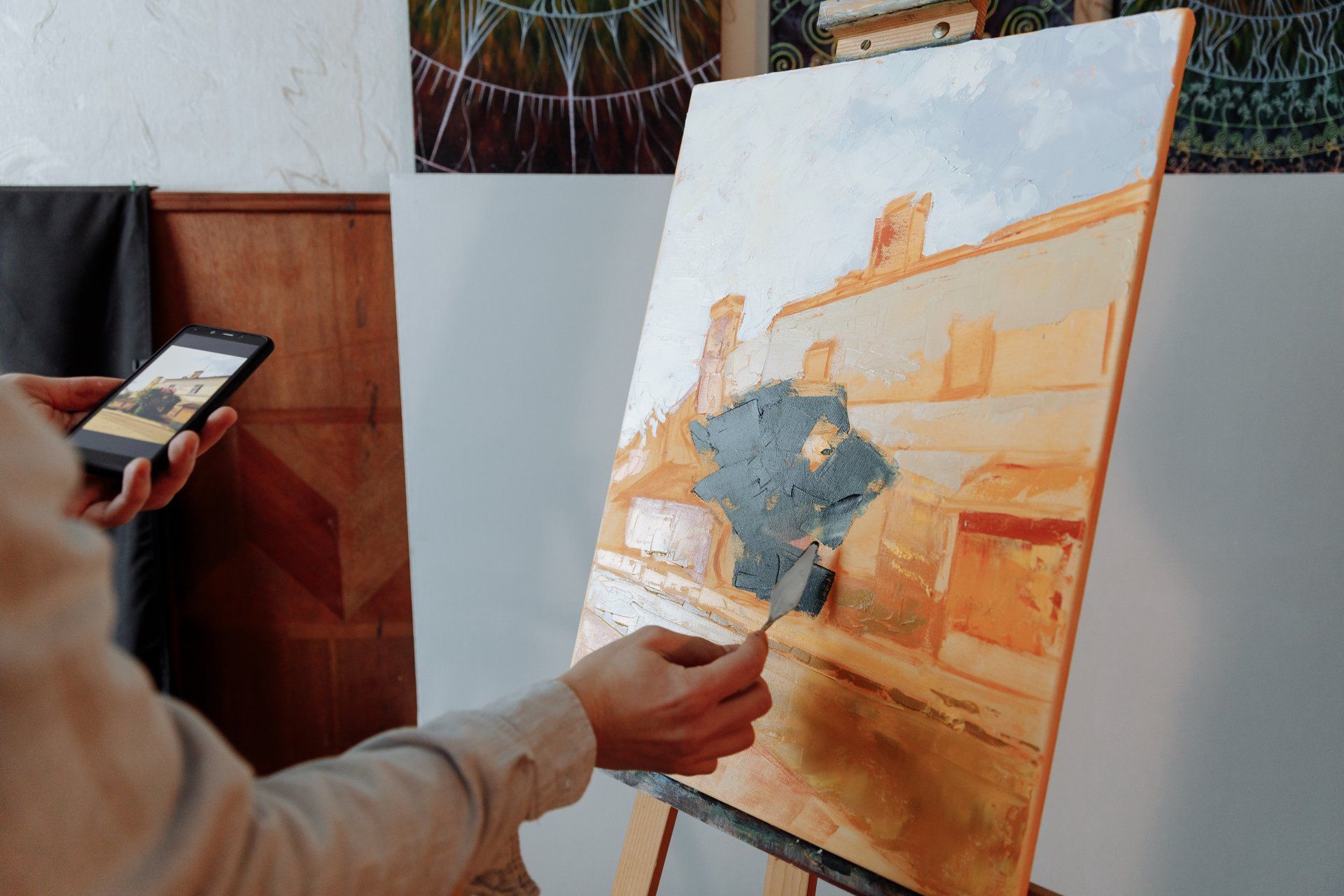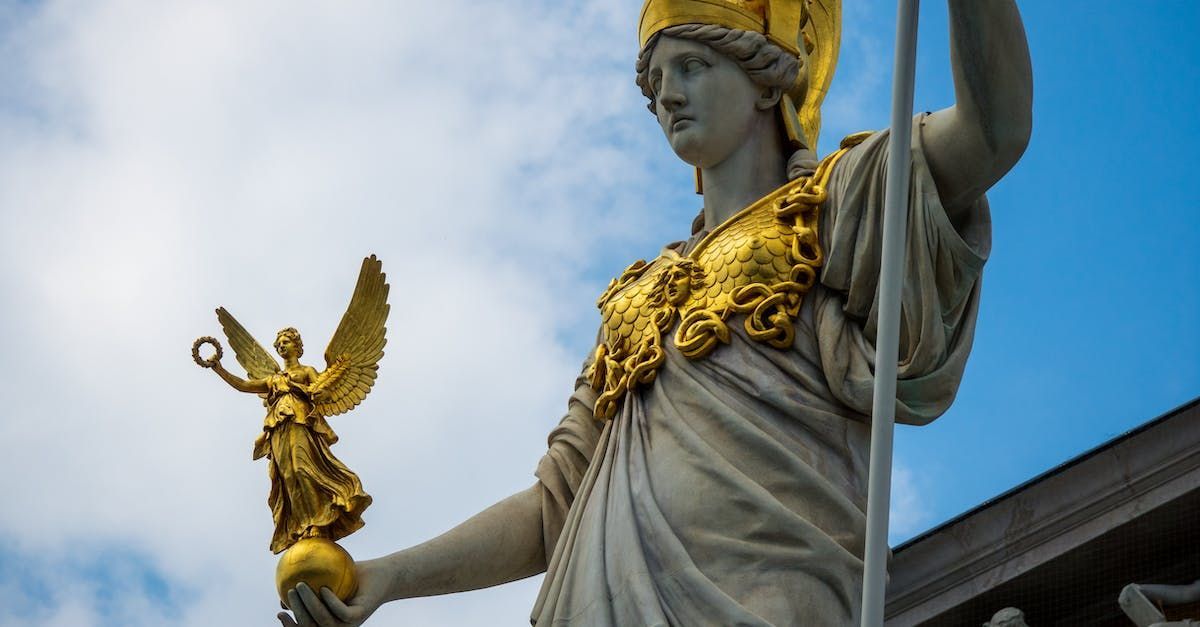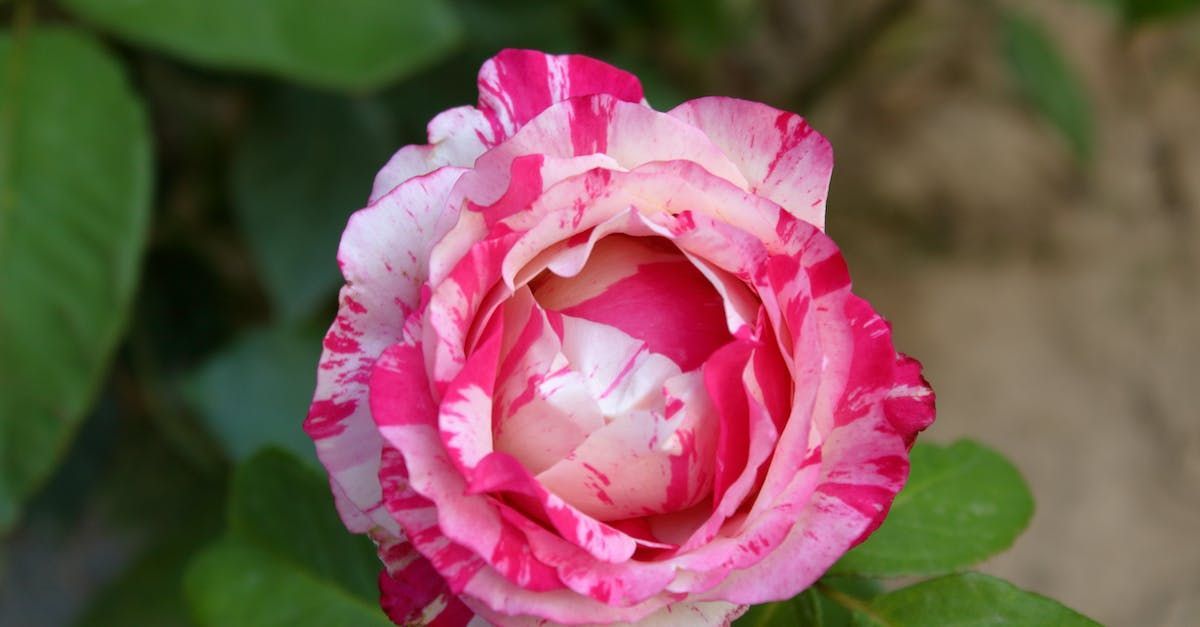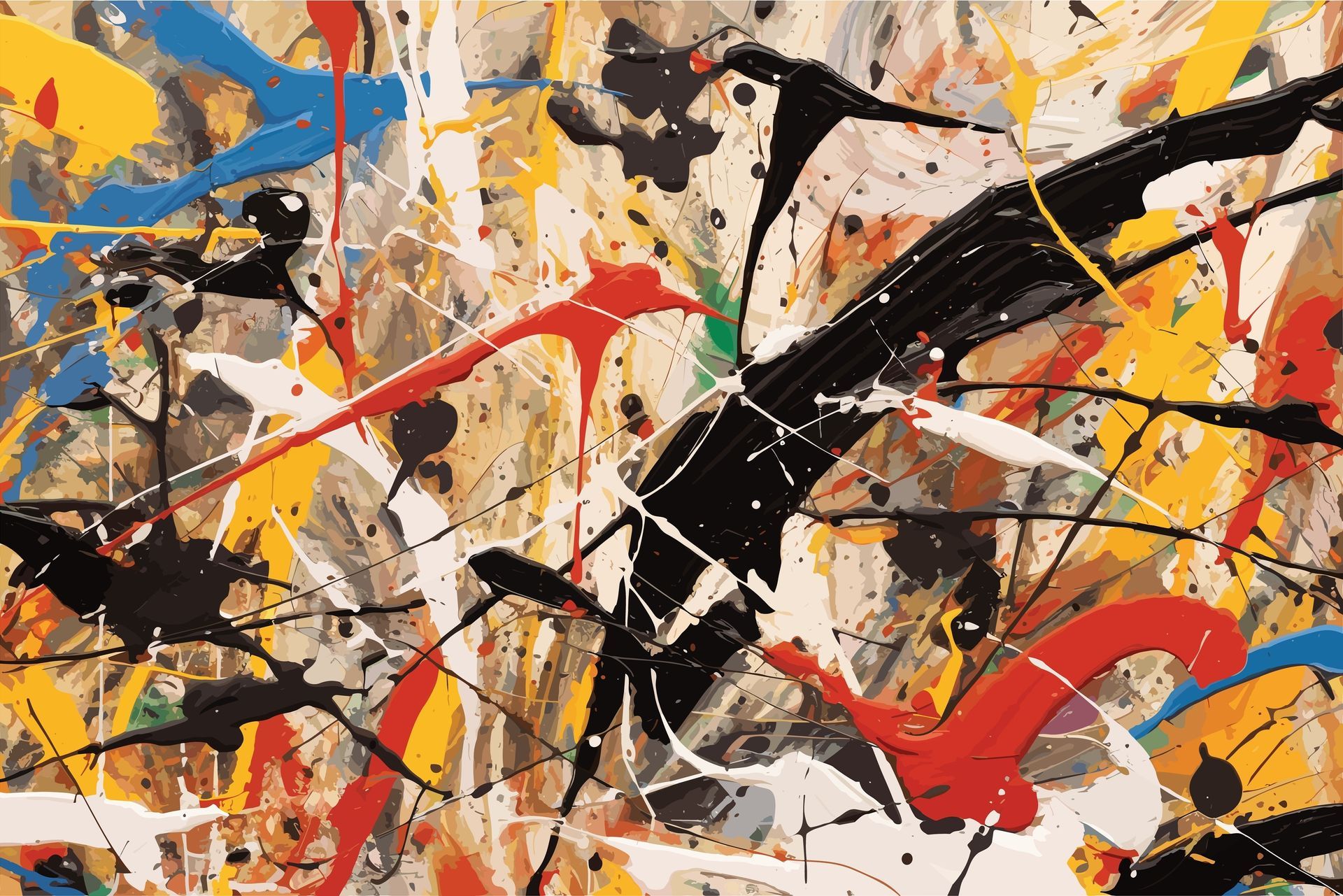Greek Tomb Painting: Precursor to Modern Art?
Greek tomb painting can be considered a precursor to modern art in terms of certain stylistic elements and thematic explorations. While it may not directly resemble the artistic movements of the 19th and 20th centuries, Greek tomb painting exhibits qualities that foreshadowed and influenced the development of modern art.
1. Narrative and Storytelling: Greek tomb paintings often depicted scenes from mythology, history, or daily life. These narrative-driven compositions anticipated the narrative storytelling aspect that became a hallmark of modern art, where artists sought to convey stories, emotions, and social commentaries through their work.
2. Realism and Naturalism: Greek tomb paintings aimed to represent figures and objects in a realistic and naturalistic manner. Artists paid attention to anatomical proportions, spatial relationships, and the portrayal of light and shadow. This emphasis on capturing the natural world and human form laid the foundation for the pursuit of realism in modern art.
3. Exploration of Space and Perspective: Greek tomb paintings demonstrated a developing understanding of spatial depth and perspective. Artists experimented with techniques to create an illusion of three-dimensional space on a two-dimensional surface. This exploration of space and perspective foreshadowed the advancements in perspective seen in later art movements, such as the Renaissance and beyond.
4. Symbolism and Allegory: Greek tomb paintings incorporated symbolism and allegorical elements to convey deeper meanings. Artists used symbolic motifs and gestures to represent ideas and concepts beyond the literal subject matter. This approach to symbolic representation resonates with the later Symbolist and Surrealist movements of modern art, where artists sought to communicate subconscious thoughts and explore the depths of human imagination.
5. Individual Expression: Greek tomb painting allowed artists to express their own unique styles and interpretations. While there were certain conventions and standards to follow, artists had the freedom to showcase their individual creativity and artistic sensibilities. This notion of individual expression and artistic freedom would become central to the concept of modern art, as artists sought to break away from established norms and explore their own subjective experiences.
While Greek tomb painting may not directly align with the specific techniques and styles of modern art movements, its thematic exploration, experimentation with perspective, realism, symbolism, and individual expression set the stage for the evolution of art over the centuries. It contributed to the artistic lineage that ultimately led to the diverse and dynamic artistic expressions of the modern era.
